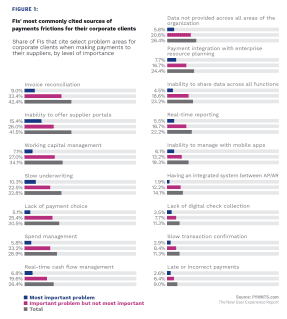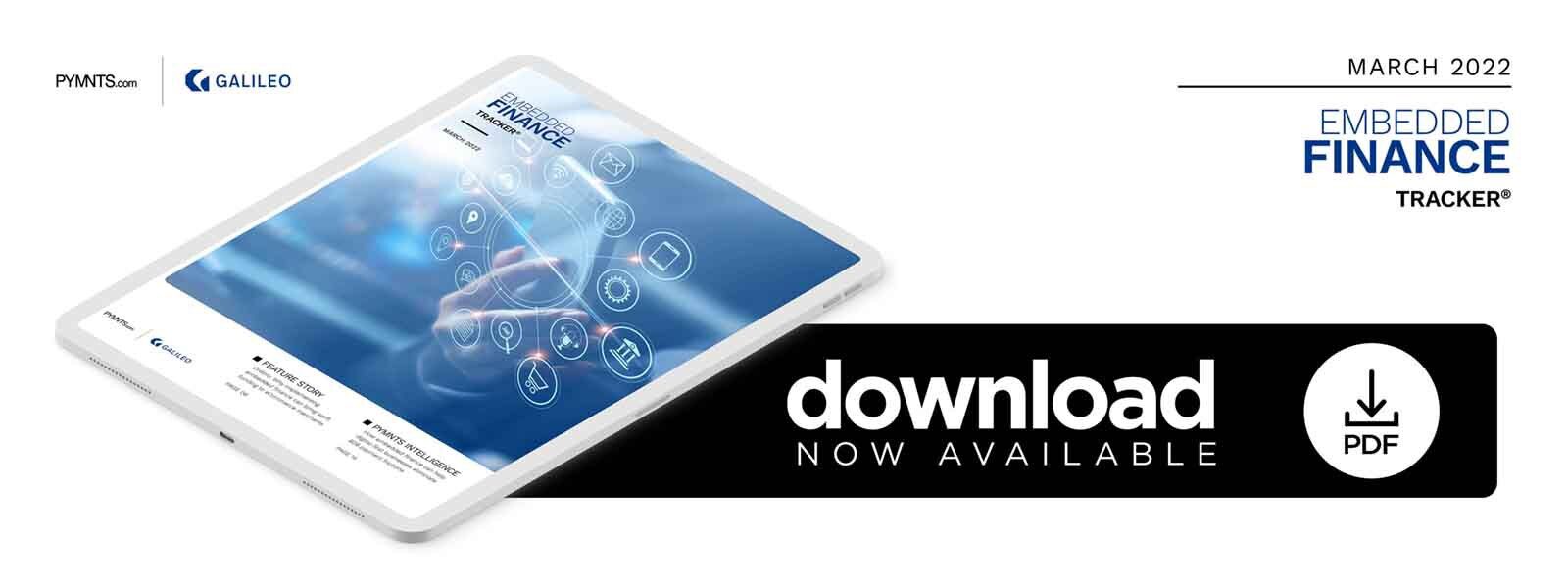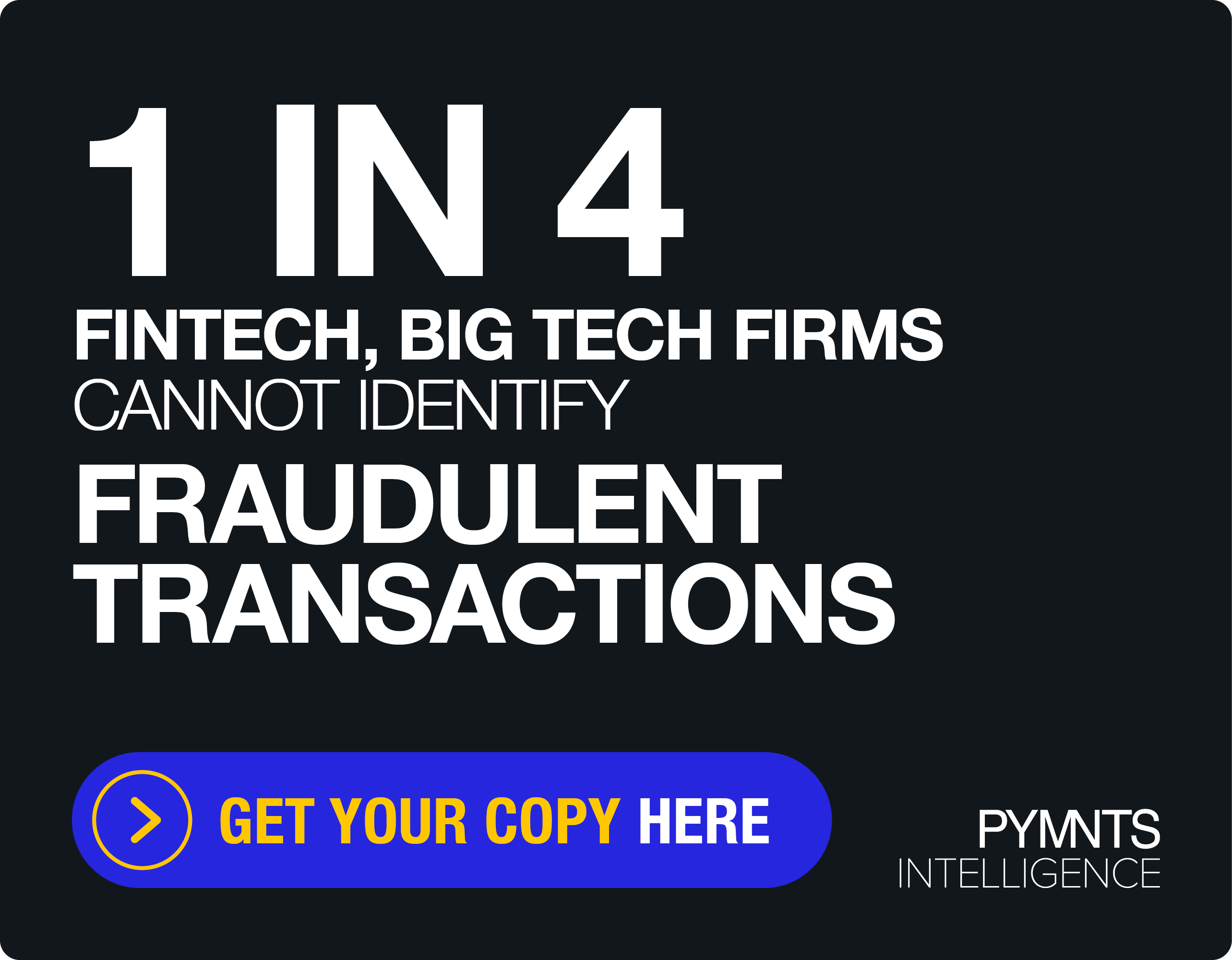PYMNTS Intelligence: How Embedded Finance Can Help Businesses Streamline Their B2B Payment Processes And Stay Competitive

The pandemic prompted businesses from nearly every vertical to reconsider the way they conduct operations. Whether financial entities, retailers, travel firms or healthcare providers, many companies looked to digital solutions to innovate their business-to-business (B2B) payments, seeking ways to streamline internal processes as well as offer cost-friendly payment options to suppliers and other key business partners.
Amid these developments, embedded finance garnered keen interest, with its value for B2B and business-to-consumer (B2C) applications combined now expected to expand rapidly by 2030.
Embedded finance allows businesses to offer sophisticated payment and banking services directly to their customers and suppliers, removing many of the historic frictions associated with B2B payments, especially as these transactions are typically made in real time.
Embedded finance experiences, which enable payments to be integrated into previously nonfinancial processes or platforms, have become increasingly popular on the consumer side, with 23% of consumers in a recent study reporting use of buy now, pay later (BNPL), for example — an embedded payment method that splits larger purchases into bite-size installments at the point of sale (POS).
Data from PYMNTS’ latest ConnectedEconomy™ research also shows that the popularity of online and mobile banking is continuing to rise, with 35% of those surveyed stating they make transactions online using mobile apps from their financial institutions (FIs) at least weekly. More than 70% of European brands are looking to launch embedded finance features in the next two years, and industry analysts predict that soon these tools will be all but ubiquitous, making them table stakes for businesses to compete.
Companies could bring their vendors and partners many of the same benefits that consumers enjoy by upgrading their B2B payment offerings with embedded finance options, thereby gaining significant advantages over their competitors. This month, PYMNTS takes a close look at how businesses’ payment needs are shifting due to recent trends and how embedded finance can help companies stay on top in a digital-first world.
Capturing the Embedded Finance Advantage
The draw of embedded finance is becoming clearer for businesses as their consumers’ banking and payment habits become more digital. Consumer-facing use cases have paved the way for businesses to follow suit, with individuals now expecting the convenience of retail experiences in everything from finding new insurance providers to obtaining mortgages.
Many consumers also tried telehealth services for the first time during the pandemic, trusting both their medical and financial data to online healthcare providers. PYMNTS’ latest ConnectedEconomy™ survey, conducted at the end of November 2021, found that about 22% of consumers had used an online or a mobile app to order and pay for prescriptions in the 30 days prior to the survey.
Embedding B2B finance is thus becoming more intriguing for businesses as they look to match their business partners’ experiences to those of consumers. Recent PYMNTS data found that 42% of companies surveyed reported a lack of supplier portals — typically third-party platforms that enable them to connect online with their suppliers or vendors — as a pain point in their B2B payment processes, with 15% citing this gap as the most significant frustration they faced.
Implementing embedded finance could enable businesses to offer their suppliers streamlined, frictionless access to digital payments without the need to send them to third-party portals or platforms, as well as financing and extended warranty options, making the B2B payment process more efficient and less costly for both parties.
Embedded finance is especially attractive for small to mid-sized businesses, given the opportunities for decreased costs, increased liquidity and improved supplier relationships. Another recent study predicted that the global embedded finance market for these smaller businesses alone will reach $124 billion by 2025.
As embedded finance solutions become more popular with consumers, B2B demand for these offerings will undoubtedly grow. Finding the right partner can help businesses easily bring embedded finance into their B2B and internal payment processes to stay ahead of the curve.

